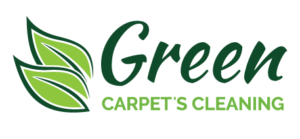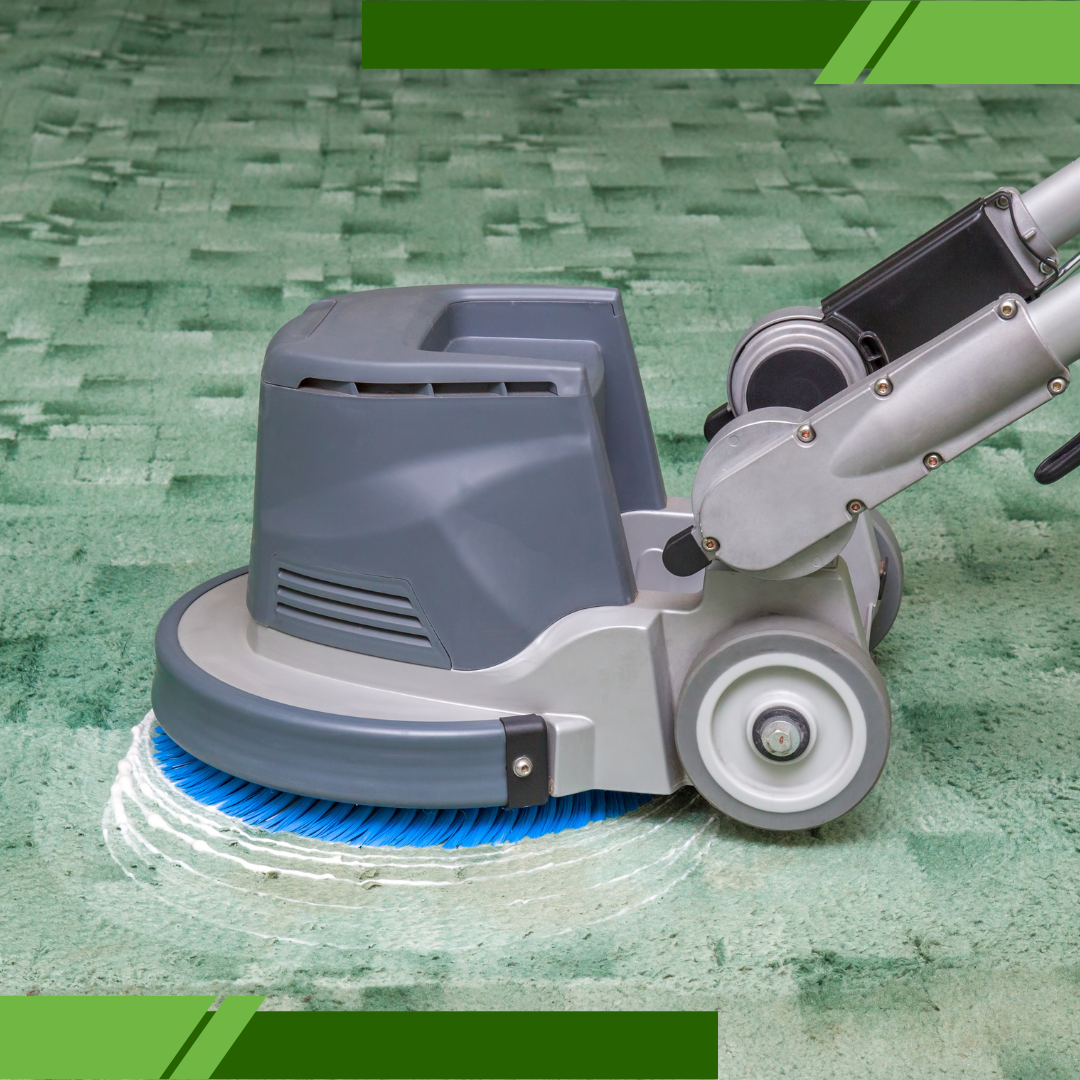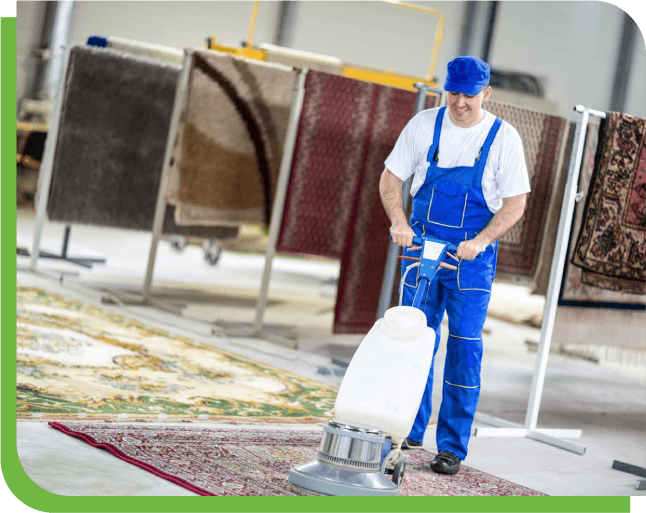Get in touch
Fill this up to proceed

We are committed to providing a world-class carpet, rug, upholstery, drapery or mattress cleaning services that will open your door to a happier and healthier green indoor environment.

Creating a healthy, comfortable office isn’t just about how often you vacuum. It’s about making sure the space feels right—for everyone. And that includes those who see, feel, and experience the world a little differently. That’s why workspace hygiene best practices matter so much when building an environment that welcomes neurodiverse team members.
Let’s imagine a space where desks are clean, lighting is soft, smells are neutral, and the noise level doesn’t make your brain buzz. For neurodiverse people, this kind of space isn’t just easier—it’s necessary. Here are five simple, powerful ways to use workspace hygiene best practices to support every brain in your office.
A messy desk is more than just an eyesore. For many neurodiverse team members, clutter can be overwhelming. It becomes hard to think, focus, or even stay calm. When papers, gadgets, and cords are everywhere, the brain sees it all—and it can’t relax. Workspace hygiene best practices start right here: by keeping desks simple, clean, and easy to use. When the workspace is visually calm, it makes it easier for people to do great work.
Small habits make a big difference. Try setting aside five minutes at the end of each day just for clean-up. Everyone can put away unused items, wipe down their workspace, sort out papers and trash, and place tools in a drawer or tray. These little steps support both mental clarity and physical hygiene. Following workspace hygiene best practices daily helps prevent clutter from building up.
To help your team stay organized, provide clear containers, labeled folders, drawer organizers, and keep desk decorations minimal. Less is more—especially for brains that get distracted easily. Keep what matters and store what doesn’t.
Bad lighting can cause headaches, eye strain, or even anxiety. Some neurodiverse people are highly sensitive to flickers or bright lights. One of the most thoughtful workspace hygiene best practices is to adjust lighting for comfort. Choose lights that are soft rather than harsh, flicker-free, dimmable when possible, and close to natural light in tone. Let in natural sunlight when you can, but avoid glare. If a light buzzes or blinks, fix it quickly.
Noise can be one of the biggest distractions. For some people, even background chatter feels like yelling. Workspace hygiene best practices should include ways to keep sound under control. You can set up quiet zones, add rugs or fabric panels to absorb sound, offer noise-canceling headphones, or use white noise machines in shared spaces. When the noise level drops, focus goes up.
Having a few quiet areas for solo work or breaks can also make a big difference. These don’t need to be fancy—just calm, clean, and quiet. A peaceful corner helps recharge the mind and maintain productivity.
Fresh air isn’t just about feeling good—it’s about health. Stuffy, dusty spaces can cause headaches and fatigue, especially for sensitive individuals. One of the most overlooked workspace hygiene best practices is managing air quality. Keep the air fresh by cleaning HVAC vents, replacing filters regularly, using air purifiers near busy areas, and opening windows when the weather allows. Plants like snake plants, spider plants, and pothos also help clean the air naturally.
Strong smells—like air fresheners or cleaning sprays—can cause real problems for neurodiverse workers. Some smells even trigger nausea or headaches. Be scent-smart by choosing fragrance-free products, avoiding heavy perfumes or colognes, and skipping plug-in air fresheners. Workspace hygiene best practices include protecting everyone’s breathing space.
Instead of synthetic sprays, try natural solutions like lemon water in a diffuser, fresh eucalyptus near the sink, or lightly scented vinegar-based cleaners. For workplaces in Encino, you can also consider working with eco-friendly carpet cleaning professionals who understand both scent sensitivity and workplace safety.

Walls and boards packed with notes, signs, and busy graphics can overload the mind. Visual clutter is a quiet stress trigger. Workspace hygiene best practices help clean up what’s in front of your eyes—not just what’s on the desk. Clean visuals help everyone think clearly and stay focused.
You can simplify visuals by using high-contrast, simple signs, sticking to two or three main colors, making sure wall charts are easy to read, and limiting how much goes on bulletin boards. Keep it simple. Less visual noise means more clarity.
When designing team spaces, avoid loud or clashing artwork, keep signage to a minimum, remove outdated notices, and use soft tones for paint or posters. A clean visual environment supports both comfort and productivity.
Shared spaces carry shared germs, and neurodiverse people—especially those with anxiety or OCD traits—may feel extra stressed by unclean surfaces. Focus cleaning efforts on doorknobs, desk surfaces, shared keyboards and mice, kitchen counters, and light switches. Wipe them down daily using gentle, non-toxic cleaners to keep them safe and hygienic.
Make cleaning a team habit rather than a chore. Leave wipes and hand sanitizer around the office and add friendly signs to remind everyone to clean up after meetings or meals. Workspace hygiene best practices work best when everyone participates.
Sometimes, you need extra help to maintain a high level of cleanliness. Weekly or bi-weekly deep cleaning of bathrooms, carpets, and breakrooms ensures the space stays healthy and comfortable. If your company is in Encino, consider Carpet Cleaning Encino services that use neuro-safe, non-toxic solutions for all types of work environments.
Every small change adds up. Clean desks, calm lighting, quiet corners, clear signs, and fresh air aren’t just extras—they’re essentials for neurodiverse team members. When you follow smart, caring workspace hygiene best practices, your office becomes more than a place to work. It becomes a place where people feel seen, safe, and supported—whether you’re in a high-rise downtown or a co-working space in Encino.
Workspace hygiene isn’t about bleach and dustpans. It’s about kindness, respecting different ways of thinking and being, and creating a space that truly works for all kinds of minds. So whether you’re refreshing your space or building something new, remember: workspace hygiene best practices are a powerful way to show you care. Clean doesn’t mean cold. Simple doesn’t mean boring. And when your space is thoughtfully made, your whole team shines—even in vibrant business communities like Encino.
Start by reducing clutter, using soft lighting, and minimizing strong smells. Simple workspace hygiene best practices like clean desks and quiet areas make a big difference.
They help reduce sensory overload and anxiety by creating a clean, calm, and predictable environment. This supports focus, well-being, and overall job satisfaction.
Use fragrance-free, non-toxic, and hypoallergenic cleaning products. Avoid strong chemical smells or harsh disinfectants whenever possible.
Disinfect desks, doorknobs, and shared equipment daily to prevent the buildup of germs. This is especially helpful for those with sensory or cleanliness sensitivities.
Yes, eco-conscious cleaning services understand how to maintain a hygienic space without overpowering scents or disruptive methods. They follow workspace hygiene best practices tailored for sensitivity.

We are committed to providing a world-class carpet, rug, upholstery, drapery or mattress cleaning services that will open your door to a happier and healthier green indoor environment.
We are committed to providing a world-class carpet, rug, upholstery, drapery or mattress cleaning services that will open your door to a happier and healthier green indoor environment.